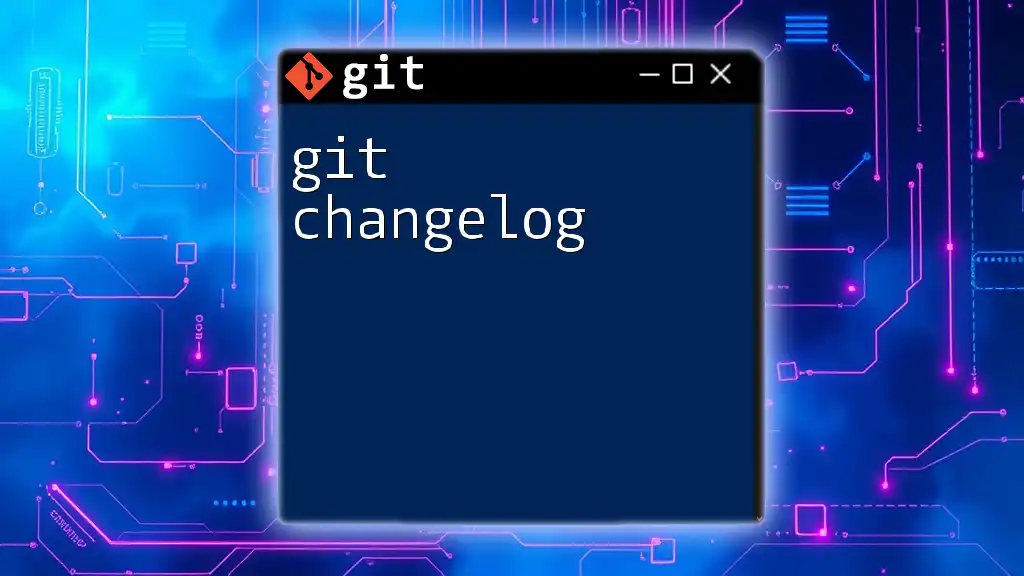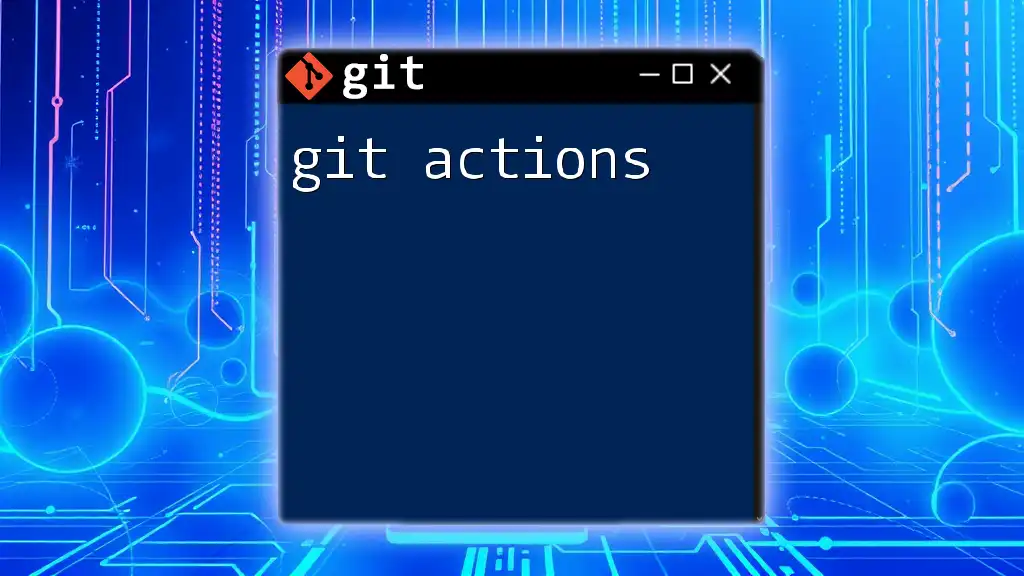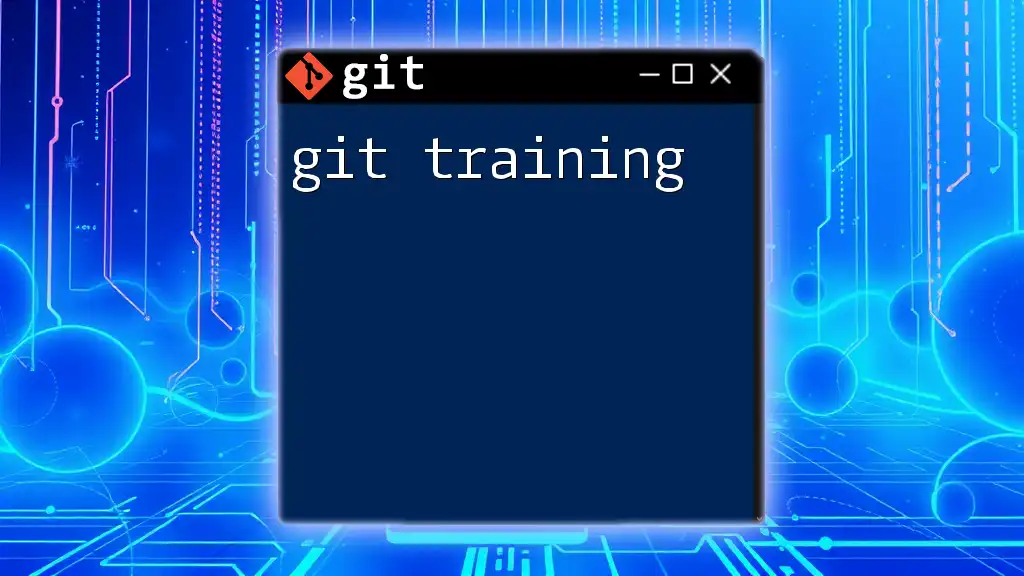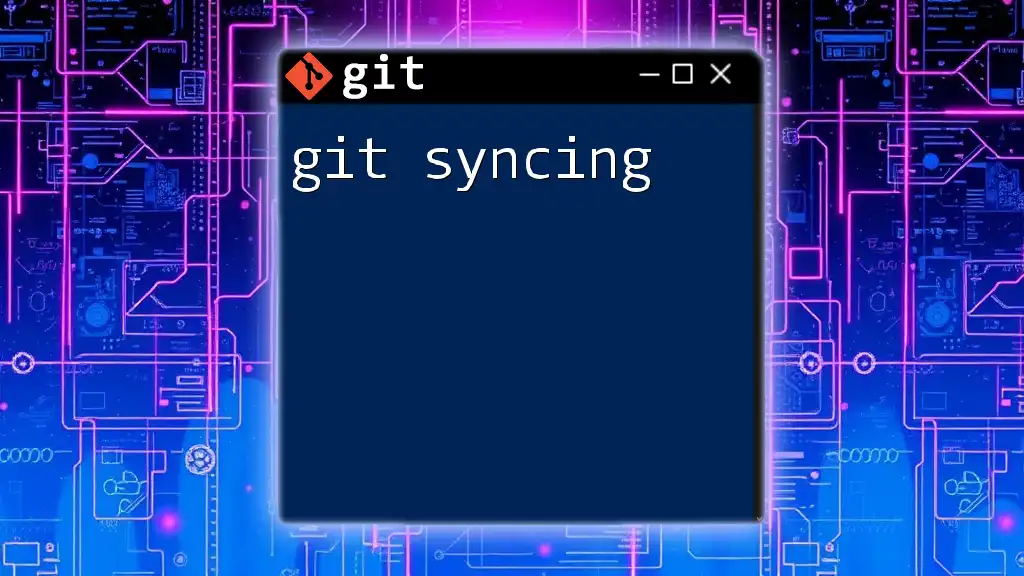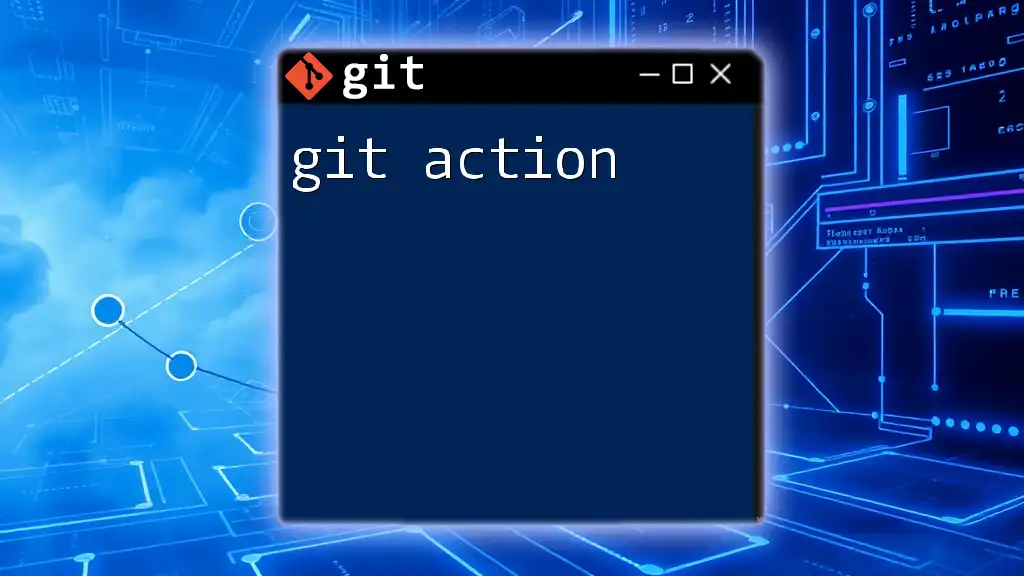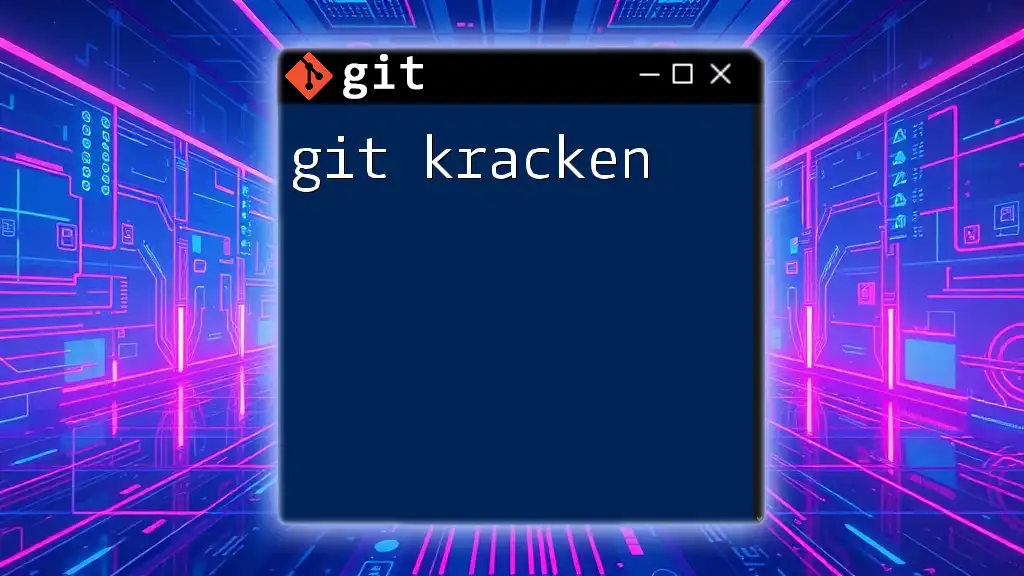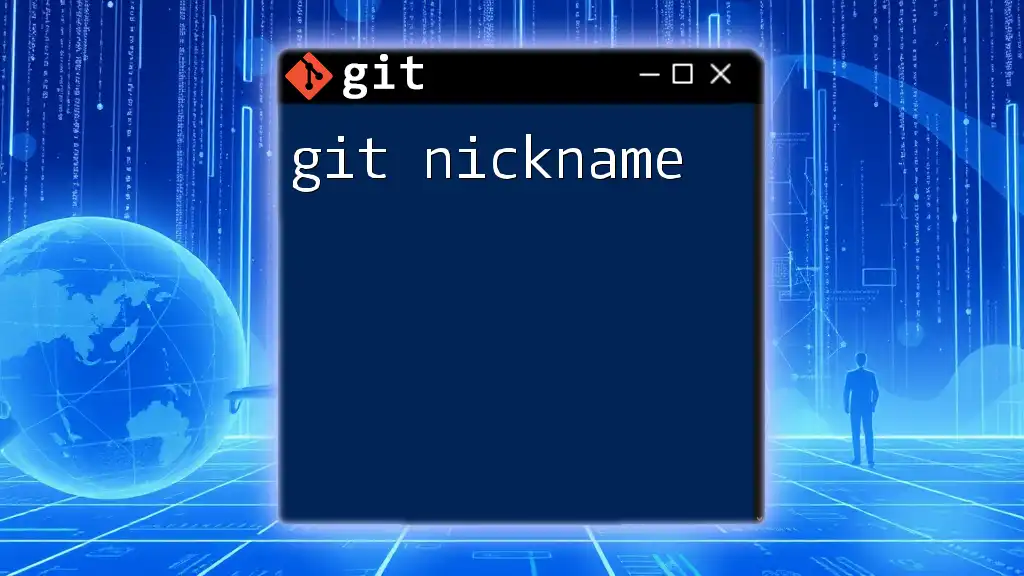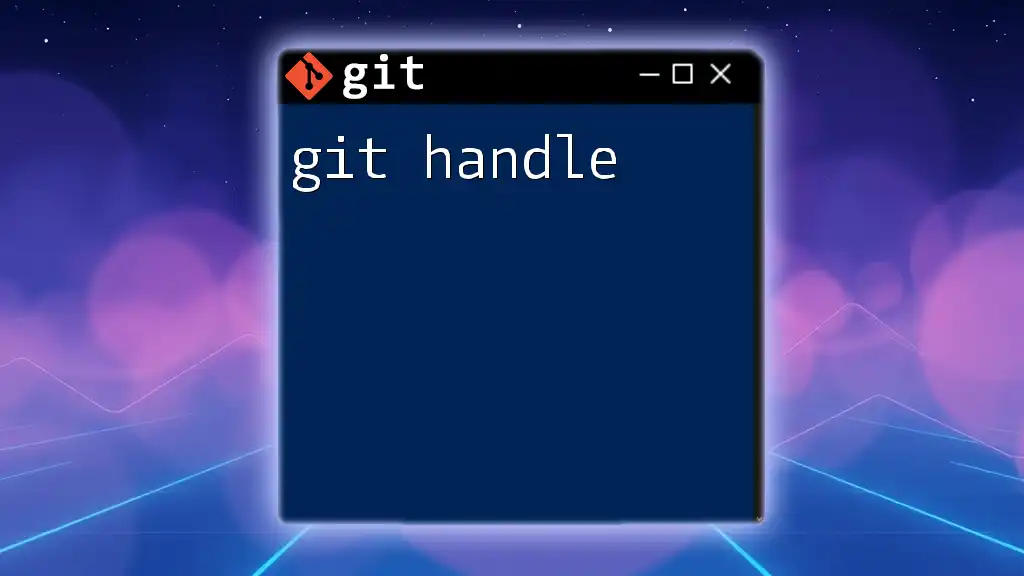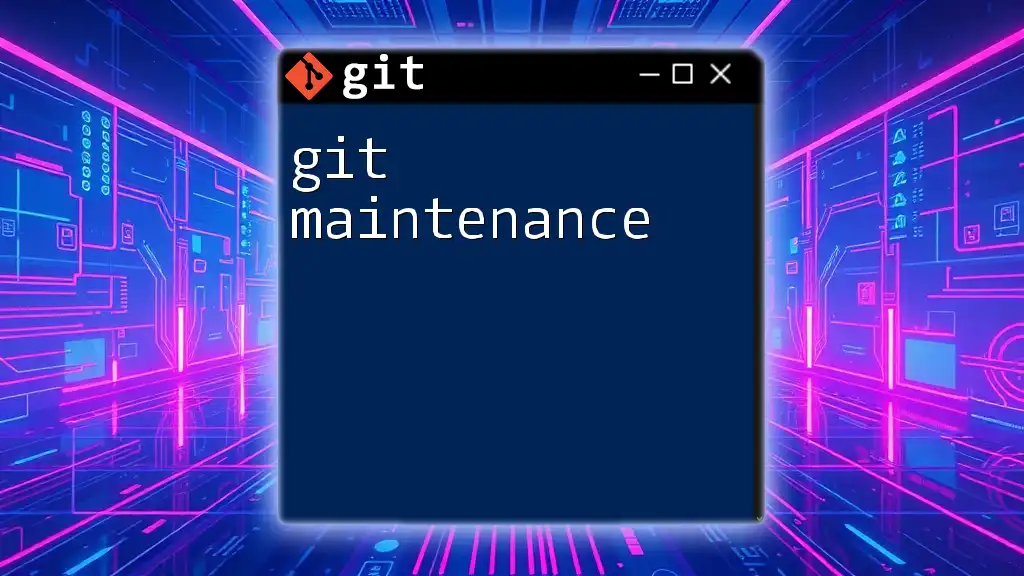"Git hacking refers to the art of efficiently using Git commands to streamline workflow and enhance productivity in version control."
Here's a basic code snippet demonstrating a common Git command:
git commit -m "Your commit message here"
Setting Up Your Git Environment
Installing Git
To start your journey into git hacking, the first step is installing Git on your computer. The installation process may vary depending on your operating system:
- Windows: Download the installer from the [Git for Windows](https://gitforwindows.org/) website and follow the instructions.
- macOS: You can install Git using Homebrew by running the following command:
brew install git - Linux: Use your distribution’s package manager. For example, on Ubuntu, you can run:
sudo apt-get install git
Once installed, you can verify the installation by checking the Git version:
git --version
Configuring Git for the First Time
Before diving into commands, set up your user information. This details the changes you make in Git. Configure your name and email with the following commands:
git config --global user.name "Your Name"
git config --global user.email "youremail@example.com"
Running these commands establishes your identity for Git commits, which is crucial for collaboration.
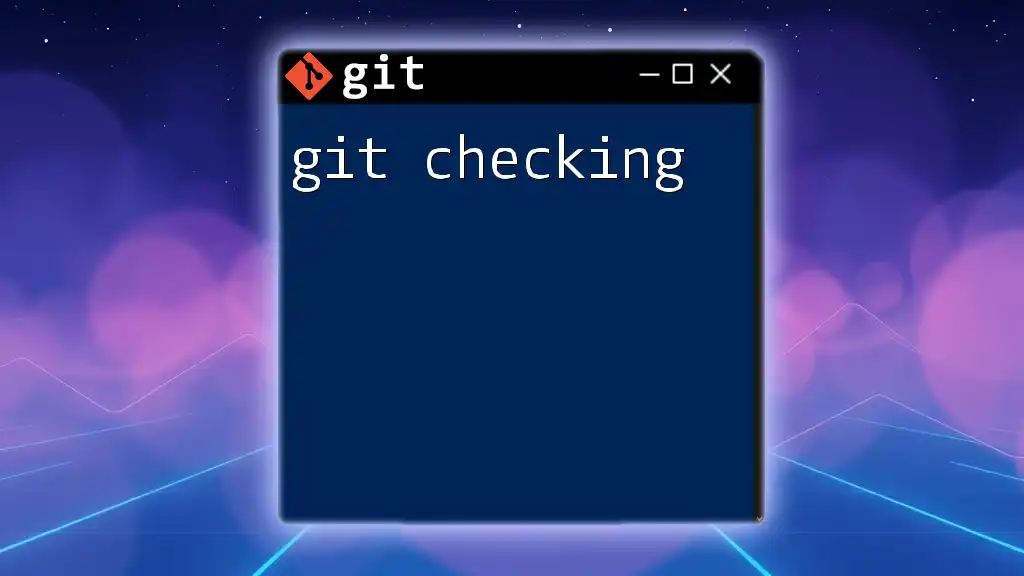
Fundamental Git Commands for Hacking
Essential Git Commands
Understanding the core commands is vital for git hacking. Here’s a summary of essential commands you will frequently use:
-
git init: This command sets up a new Git repository in the current folder. You can start tracking files with:
git init -
git clone: Use this command to create a copy of an existing repository. This is often used for collaborating on projects.
git clone https://github.com/username/repository.git
Tracking Changes with Git
Tracking changes is the heartbeat of version control. You’ll need to stage and commit your changes to maintain a clean history:
-
git add: This command stages your changes. You can add specific files or all changed files:
git add filenameor to add everything:
git add . -
git commit: This command captures a snapshot of your staged changes and records a message describing what you have done.
git commit -m "Initial commit" -
git status: Check the status of your files, to see which changes have been staged, which haven't, and which files aren't being tracked:
git status
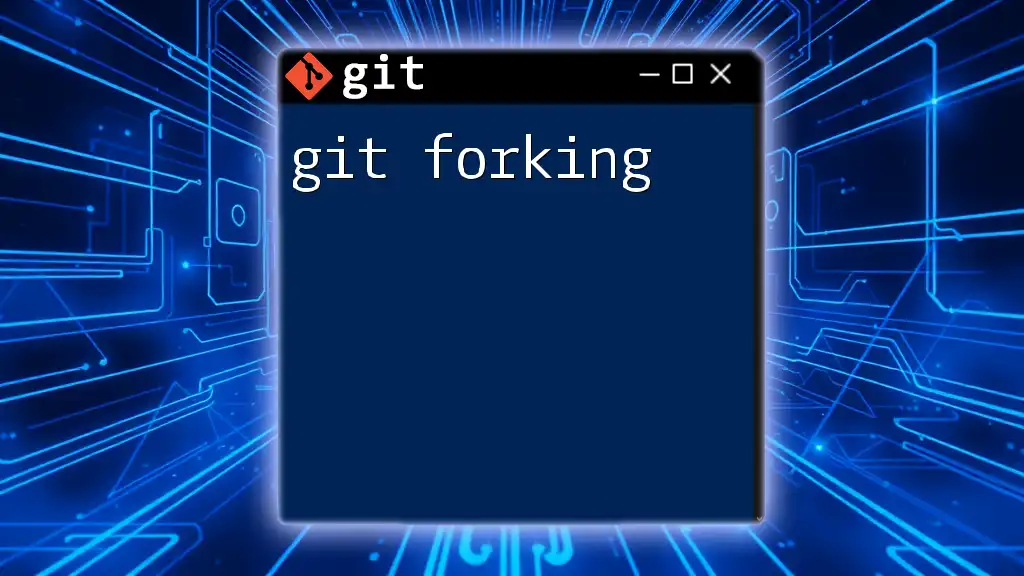
Intermediate Git Hacking Techniques
Branching Strategy
Branching is one of Git’s powerful features, allowing you to work on multiple features or bug fixes simultaneously without affecting the main codebase.
-
What is a Branch?
A branch represents a separate line of development. Using branches effectively keeps your project organized and development isolated. -
git branch: Create a new branch to start working on a new feature:
git branch new-feature -
git checkout: Switch to another branch. To create a new branch and switch to it simultaneously, use:
git checkout -b new-feature
Merging and Conflicts
Once you’re happy with your changes, merging allows you to integrate those changes into another branch:
- git merge: This command merges changes from one branch into another. When merging, if conflicts arise, you will need to resolve them manually:
git merge feature-branch
Conflict resolution can be tricky, but taking the time to carefully resolve it is essential for maintaining a clean history. Git will mark the files with conflicts, and you can edit to resolve any issues.
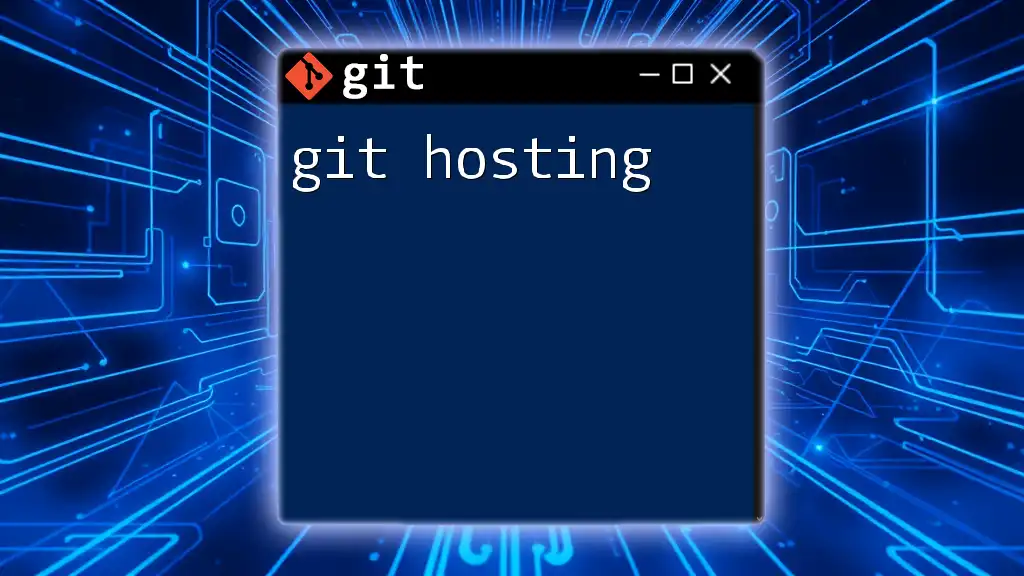
Advanced Git Hacking Practices
Rebasing for Cleaner History
Rebasing is another method for integrating changes, providing a cleaner project history by moving commits from one branch to another.
- When and How to Use git rebase
You can pull in changes from the main branch before merging by rebasing:
This rewrites history and creates a linear progression of commits, making it easier to follow project changes.git rebase master
Using Stash to Save Changes Temporarily
At times, you might have changes you’re not ready to commit. Git stashing allows you to save those changes temporarily:
- Stashing Changes
You can stash changes by running:
This command stores your modifications away so you can work on something else without committing. When you’re ready to retrieve the stashed changes, use:git stashgit stash pop
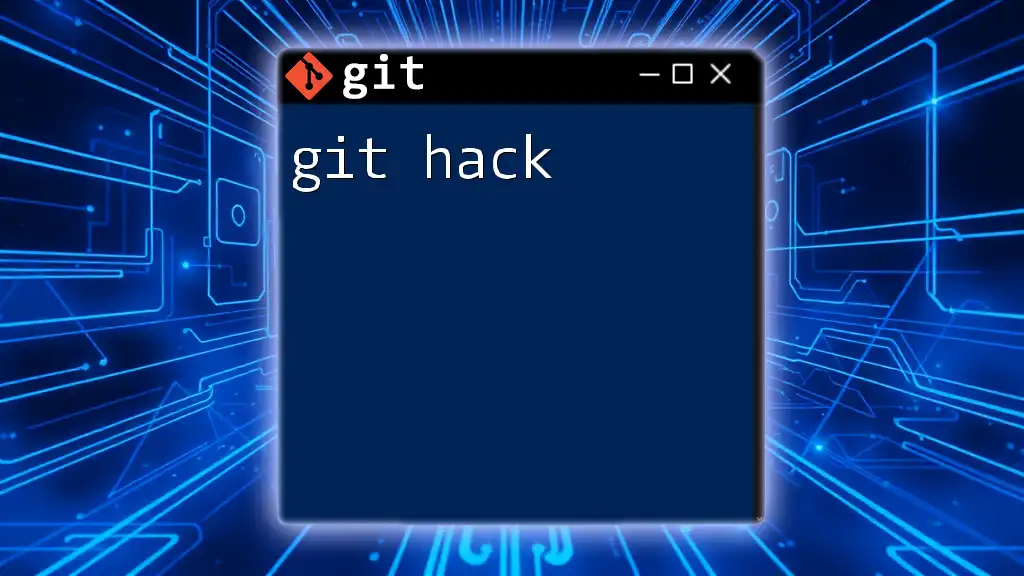
Tips and Tricks for Git Hacking
Efficient Git Workflows
Establishing a well-defined workflow enhances collaboration and maintains reliability across your team. This includes branching strategies, defining when to merge, and how to manage releases.
Using Git Aliases
To increase your efficiency, consider using aliases for frequently used commands. For example:
git config --global alias.co checkout
Now, you can use `git co` instead of `git checkout`, making your command usage more efficient.
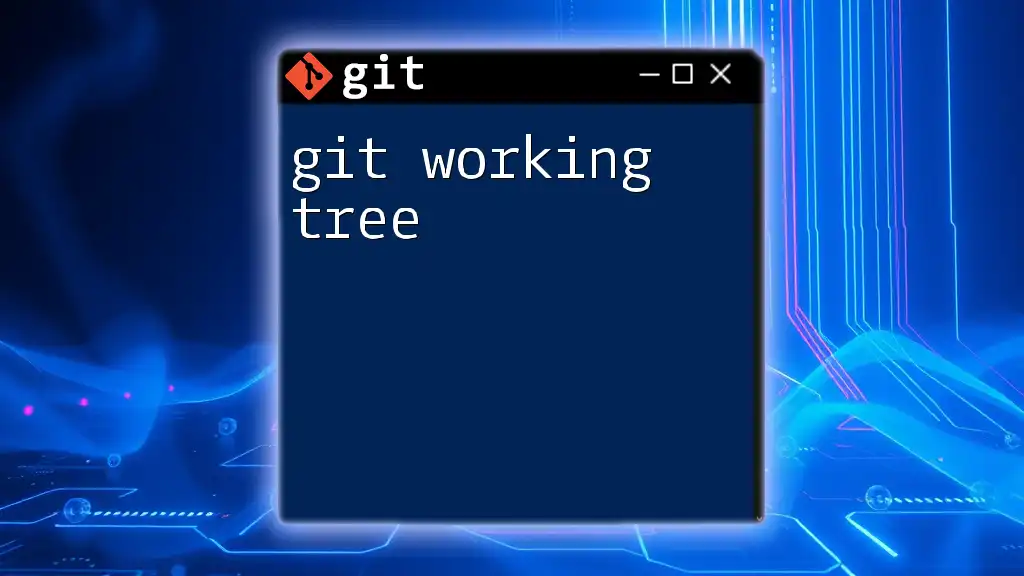
Common Git Hacks and Shortcuts
Shortcuts to Speed Up Your Workflow
Utilizing git commands effectively can drastically speed up your workflow. For instance, combining commands allows you to stage changes and commit in one go:
git add . && git commit -m "Your message"
This single line incorporates both staging and committing, streamlining your process.
Customizing Git for Your Needs
Your Git experience can be vastly improved by personalizing your `.gitconfig` file, allowing adjustments to your workflow—think about setting up color coding, and helpful prompts, or defining default behaviors.
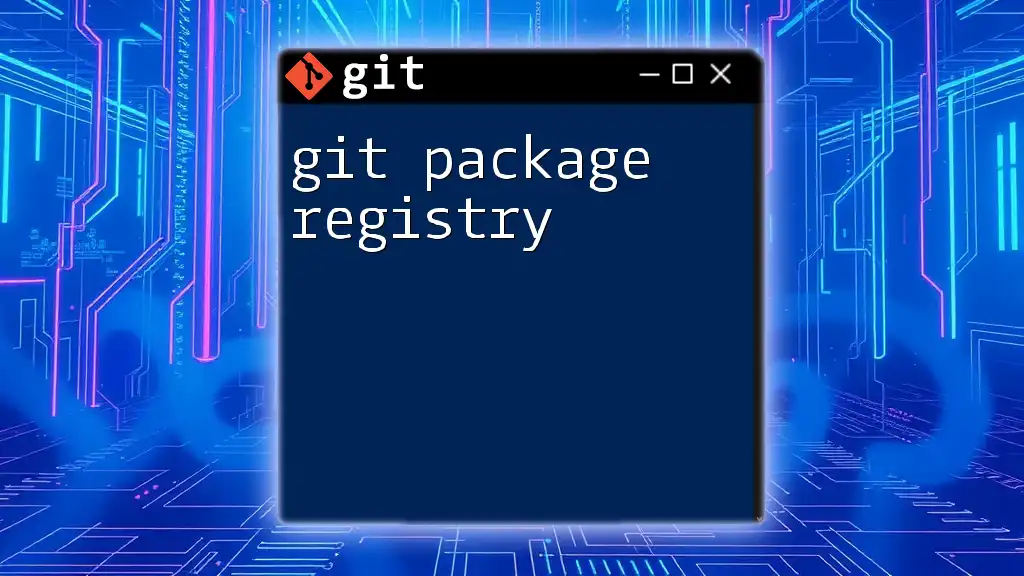
Troubleshooting Common Git Issues
Fixing Mistakes with Git
Mistakes happen, and knowing how to fix them is crucial:
- Undo Changes with git reset vs. git revert
- git reset: This command will undo commits by moving the HEAD pointer backwards:
git reset --hard HEAD~1 - git revert: This command creates a new commit that undoes the changes made by a previous commit:
git revert HEAD
- git reset: This command will undo commits by moving the HEAD pointer backwards:
Recovering Lost Commits with Git
In case you accidentally lose a branch or a commit, Git's reflog can be an invaluable tool. To search through your reflog, simply run:
git reflog
This command displays the history of changes, enabling you to retrieve lost commits.
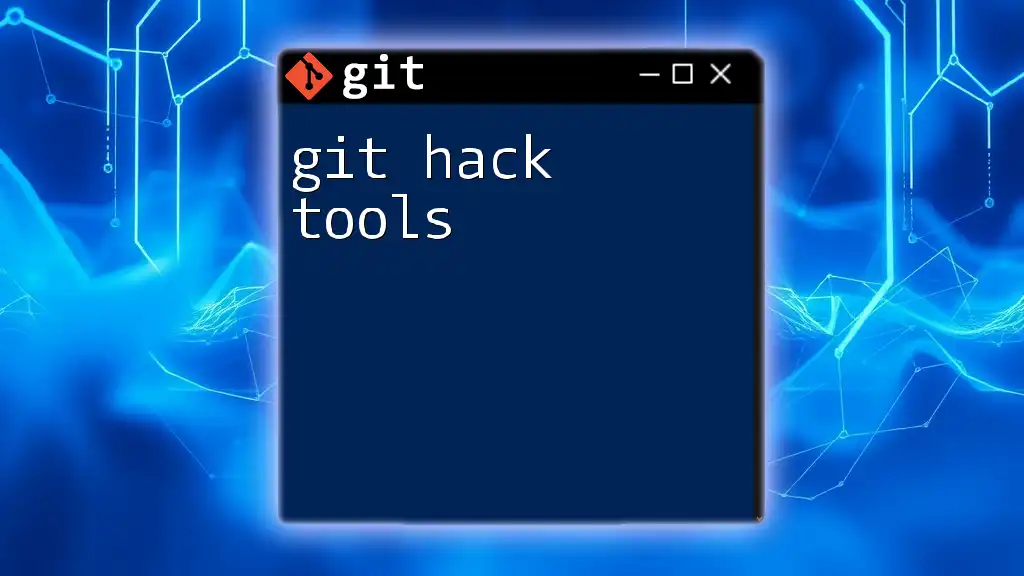
Conclusion
Mastering git hacking is essential for developers who want to manage version control effectively. By understanding the commands and techniques discussed in this article, you can navigate through Git with confidence. As you explore further, consider the impact of good practices on your development workflow, and remember that practice is key to becoming a proficient Git user.
Next Steps
Dive deeper into advanced Git features such as branching strategies, collaborating effectively, and leveraging Git hooks. With these skills, you will solidify your status as a Git expert ready to tackle any project.
FAQs about Git Hacking
What is the difference between git reset and git revert?
`git reset` changes the commit history, while `git revert` creates a new commit that undoes changes from a previous commit.
How do I undo a pushed commit?
To undo a pushed commit, you can use the `git revert` command to create a new commit that reverses the changes.
Can I recover deleted branches?
Yes, if a branch was deleted recently, you can recover it by checking the reflog to find the commit it pointed to and creating a new branch from that point.







